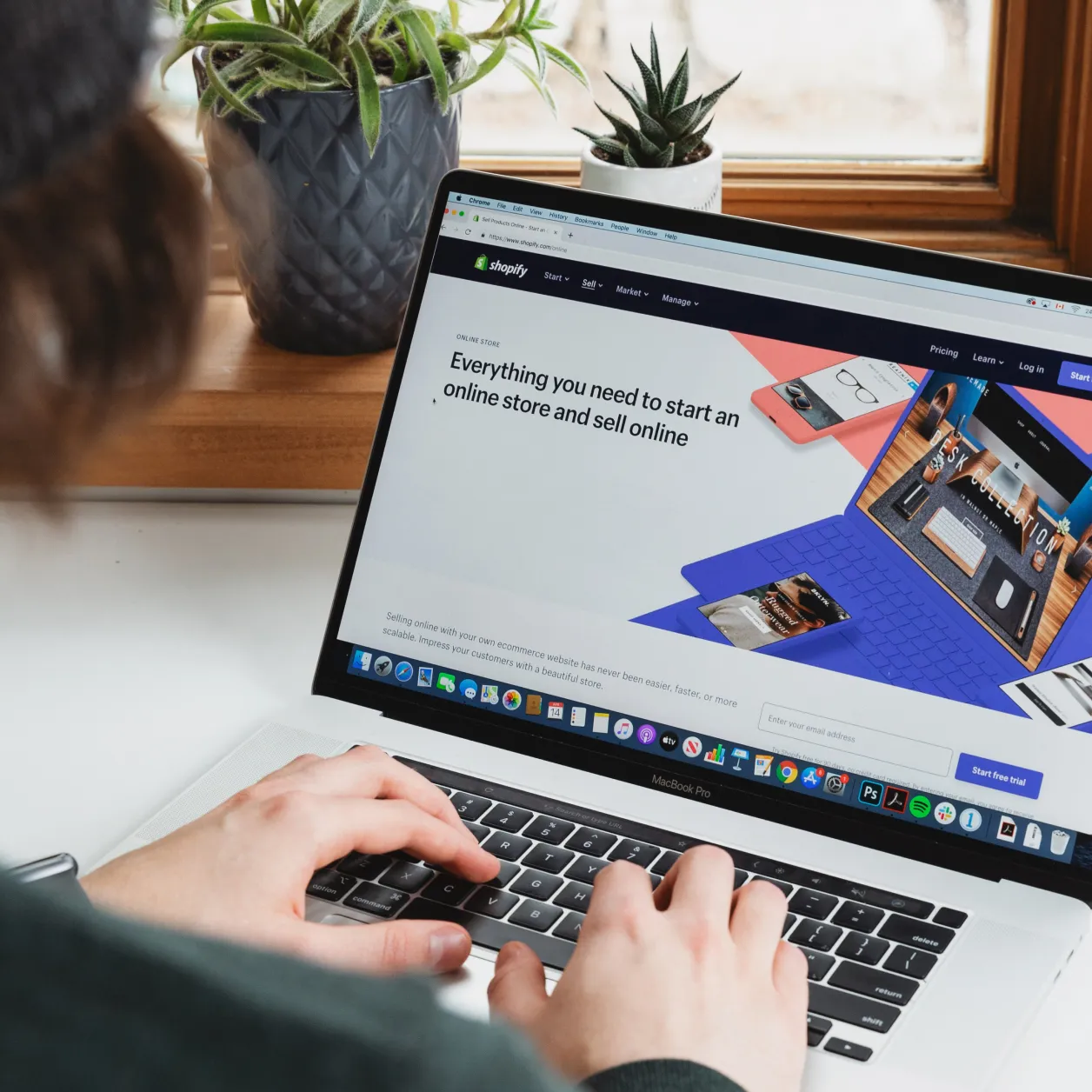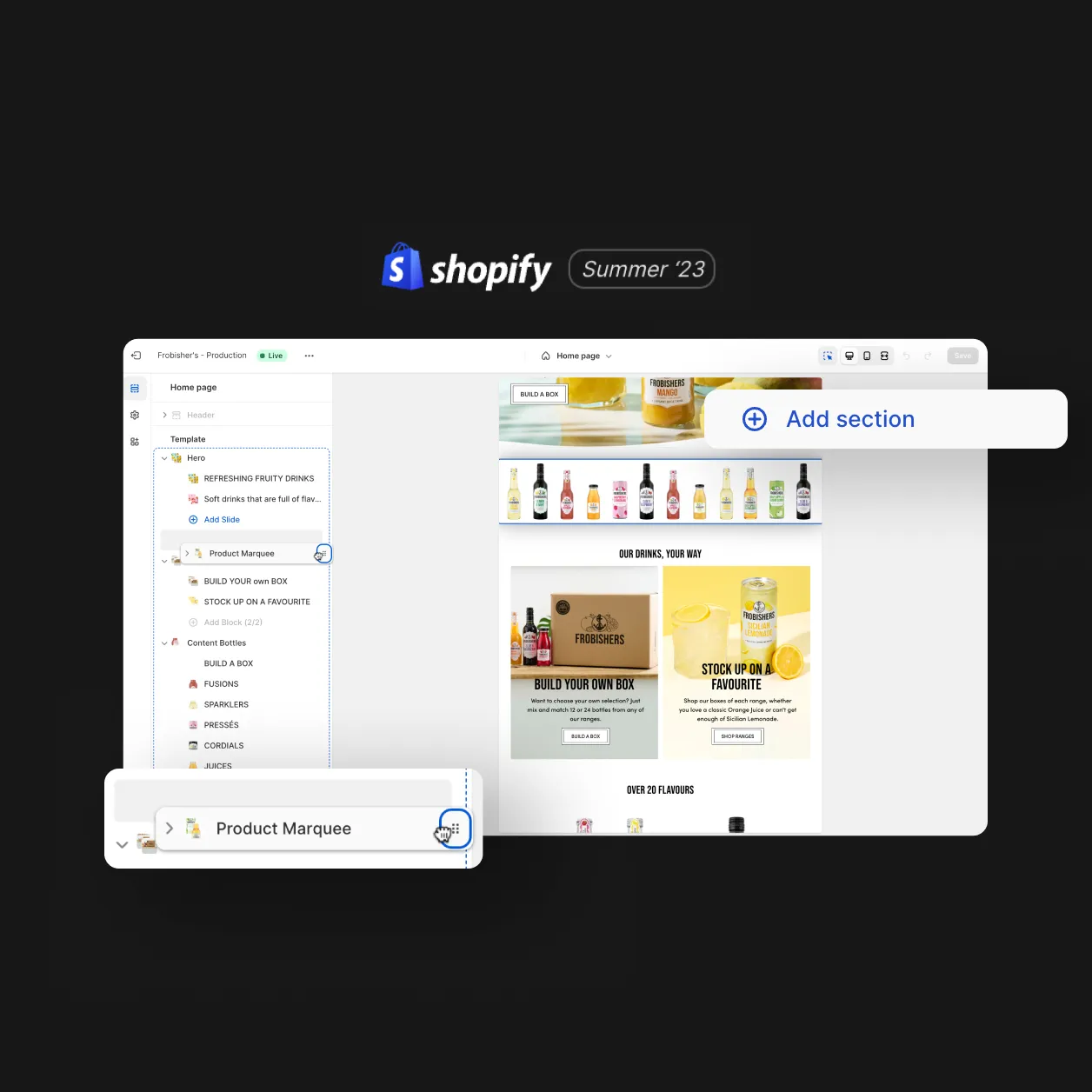
We look at how local businesses or startups can pick their fights and win online by adapting big brand ideas in their digital strategy while reflecting the realities of small businesses.
The idea that selling online is an even playing field or that size doesn’t matter for digital disruptors has almost become cliché but is often incorrect as small businesses struggle to compete against high street brands with much larger ad spends and dedicated teams for content creation, e-commerce and marketing.
That said, there are several ways in which SME’s can succeed. Large businesses are bigger ships and therefore much harder to turn around; as an independent, you have the benefit of agility and speed, qualities that suit a digital landscape far better than red tape and corporate politics.
Step 1: Your website
Think of your site as a shop window. Like any shop window, it will eventually require a little TLC and maintenance. Make sure you allocate the time needed to update your content so that it reflects what you have to offer. Especially if you want that prospective customer to walk in, take a look around and tell their friends about it.
Ecommerce business aside, maintaining a well-kept website gives you no definitive ROI but should be considered as a sunk cost of doing business in the 21st century.
Many small businesses do have a website but find it difficult to maintain or update because someone else made it for them years ago. Prioritise this as a goal for 2015: find out how you can update it or whether it’s better to simply start again. With the availability of so many templates & CMS tools now available at low costs, there is no excuse. Also, look at your analytics every once in a while; are your visitors using mobile, tablet or desktop? Is your site usable from the devices that count?
Don’t just assume that because you have no problems using your site, that your customers don’t. You use that site day in, day out – take a step back and get an external opinion.
Step 2: What channels should I use for people to find my website
Small businesses or startups need to be selective with their marketing choices. If you decide to set up a Facebook page that gets no love or has no one to respond to questions on it, then this can negatively impact your brand as much as promote it.
It’s true that not all brands can have a story like Innocent smoothies; with a carefully crafted timeline of key events. But don’t assume that just because you’re not a big brand people don’t want to know that you are a 2nd generation business, helping in the local community or sponsoring a local event.
Your business might be in an industry that doesn’t traditionally lend itself to online content but see this as an opportunity as your competitors are probably feeling and acting the same. If you’re promoting something unglamorous like MOT’s or dental services use your website to explain everything a potential customer might want to know.
Think about what you have to invest in terms of finance and time. Don’t feel that you have to do a little bit of everything because quite often this isn’t useful. Better to do a handful of things well than spread yourself too thin.
Step 3: How do I know if this has worked?
SME marketing budgets understandably place greater emphasis on ROI than trialling and testing, so you need to be able to communicate results when asked. The beauty of digital it that almost everything is trackable. Obviously not every campaign will be sales focused (think awareness & branding) but generally speaking digital can give you basic insights that are far more telling than a print ad. For example: how many people saw your ad, how many clicked on it, how many visited your website – did they come back again? Which pages did they visit etc?
Industries where you have an online booking process provide the greatest scope for totally accountable tracking, this applies to Facebook advertising, PPC, organic search and display media (web banners) via a tracking pixel within the conversion process.
A pixel, by the way, is a small piece of code (not visible to visitors) that records an action, be that a purchase, page view or time spent on site. Simply put, if we know that this conversion is worth £100, it has occurred 5 times & the cost (in media) of the advertising is £25 then we know our ROI is £25 for every £1 spent.
We say ‘almost’ everything is trackable because there are always exceptions in consumer conversion funnels, one good example being the motor industry.
A car is typically the second-largest purchase a household will ever make and people will research/ test drive, research/ test drive again and again. Within this process they use the Internet and then visit the showroom, between web visit and test drive is an online/offline break which is difficult to track – especially when salesmen will count every customer as (a literal) ‘walk-in’. However, you can see if there has been an uplift in the number of people visiting your site & browsing what you have to say.
Obviously, most businesses do not sell a fixed price product, nor is their advertising spend going to be proportionately scalable, however, we are left with insights that put traditional media to shame.
If you are an SME owner and want to learn more about how digital marketing can help please contact Tribe Digital today or sign up for our weekly posts all about SMEs & digital.
Design
Inspiring behaviour change through visual experiences. Our digital design services ensure instant clarity and visuals that cut-through in a cluttered market.




